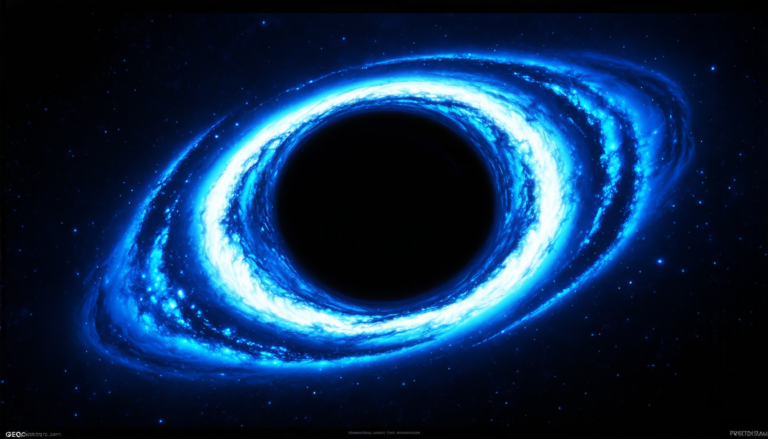Wednesday 16 April 2025
Scientists have long sought to understand the mysteries of the universe, from the origins of the cosmos to the nature of dark matter and dark energy. One key challenge in this quest is reconstructing the initial conditions that gave rise to the large-scale structure we see today. This is no easy feat, as it requires untangling the complex relationships between galaxies, galaxy clusters, and the vast expanse of space itself.
Recently, a team of researchers made significant progress in this area by developing a new approach that combines machine learning with traditional methods from cosmology. The goal was to create a system that could accurately reconstruct the initial conditions from large-scale structure surveys, taking into account various sources of noise and uncertainty.
The team’s solution involved using convolutional neural networks (CNNs) to learn patterns in the data. In this case, the input data consisted of galaxy distributions and other large-scale features observed in the universe. The CNN was trained on mock simulations of these datasets, allowing it to identify key patterns and relationships that could be used to reconstruct the initial conditions.
The results were impressive: the team’s method was able to recover the initial conditions with unprecedented accuracy, outperforming traditional methods by a significant margin. This breakthrough has major implications for our understanding of the universe, as it allows scientists to probe deeper into the mysteries of dark matter and dark energy.
One of the key advantages of this approach is its ability to handle complex relationships between different components of the universe. For example, galaxies are not just isolated objects, but are often clustered together in vast galaxy groups and superclusters. The team’s method can account for these interactions and their effects on the large-scale structure we observe.
Another benefit is that it allows scientists to incorporate new data sources into their analysis. In the past, researchers have relied heavily on observations of the cosmic microwave background radiation and large-scale galaxy distributions. However, this new approach can also utilize data from galaxy clusters, voids, and other features that were previously difficult to analyze.
The team’s method is not without its limitations, however. One challenge is dealing with the sheer scale of the data involved – we are talking about vast amounts of information, spanning billions of light-years across space and time. To tackle this issue, the researchers used advanced computing techniques and specialized software to process the data efficiently.
Despite these challenges, the potential impact of this breakthrough is enormous.
Cite this article: “Unveiling the Secrets of the Universe: AI-Powered Reconstruction of Cosmic History”, The Science Archive, 2025.
Cosmology, Machine Learning, Convolutional Neural Networks, Galaxy Distributions, Dark Matter, Dark Energy, Initial Conditions, Large-Scale Structure, Universe, Astronomy







